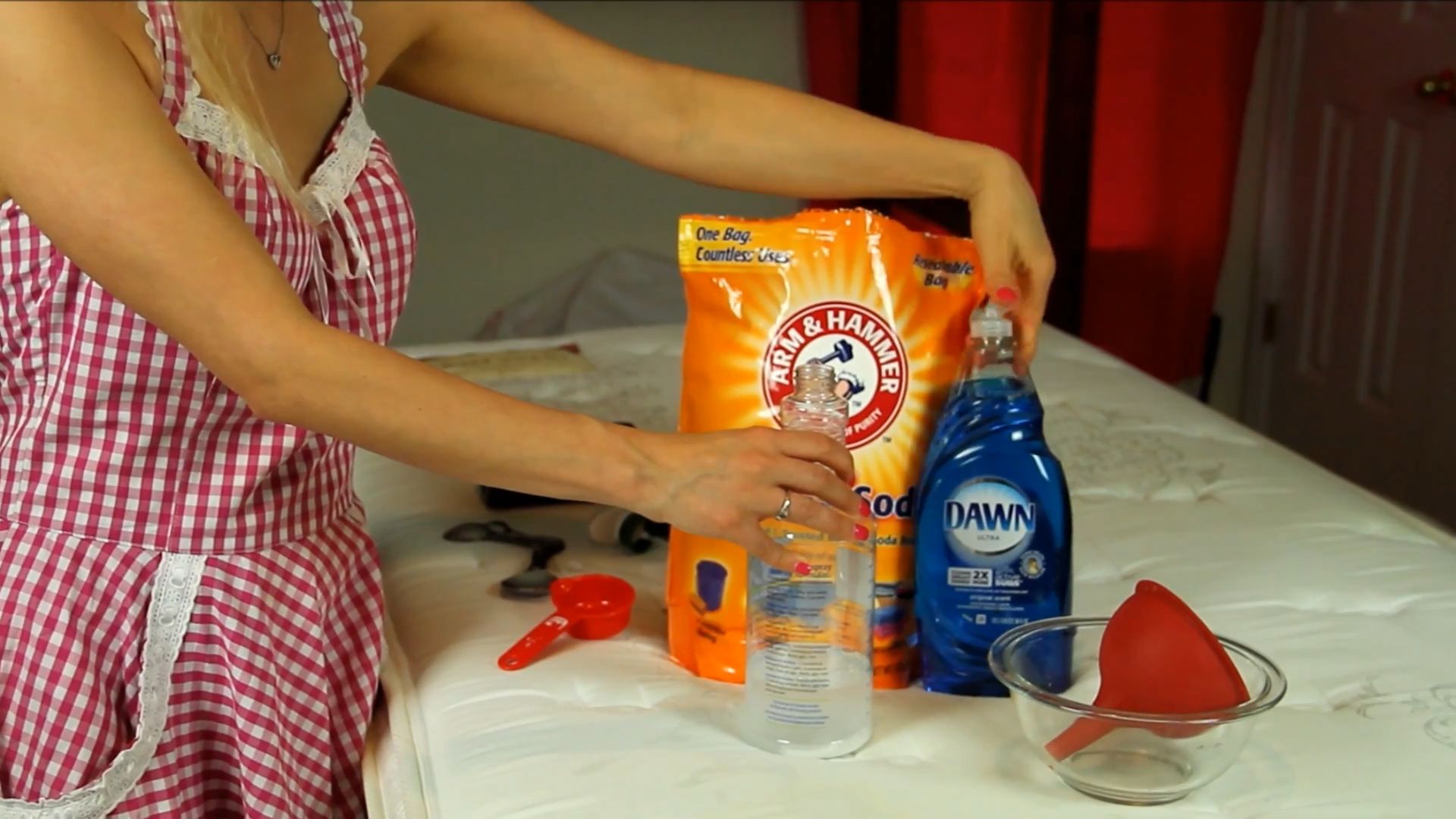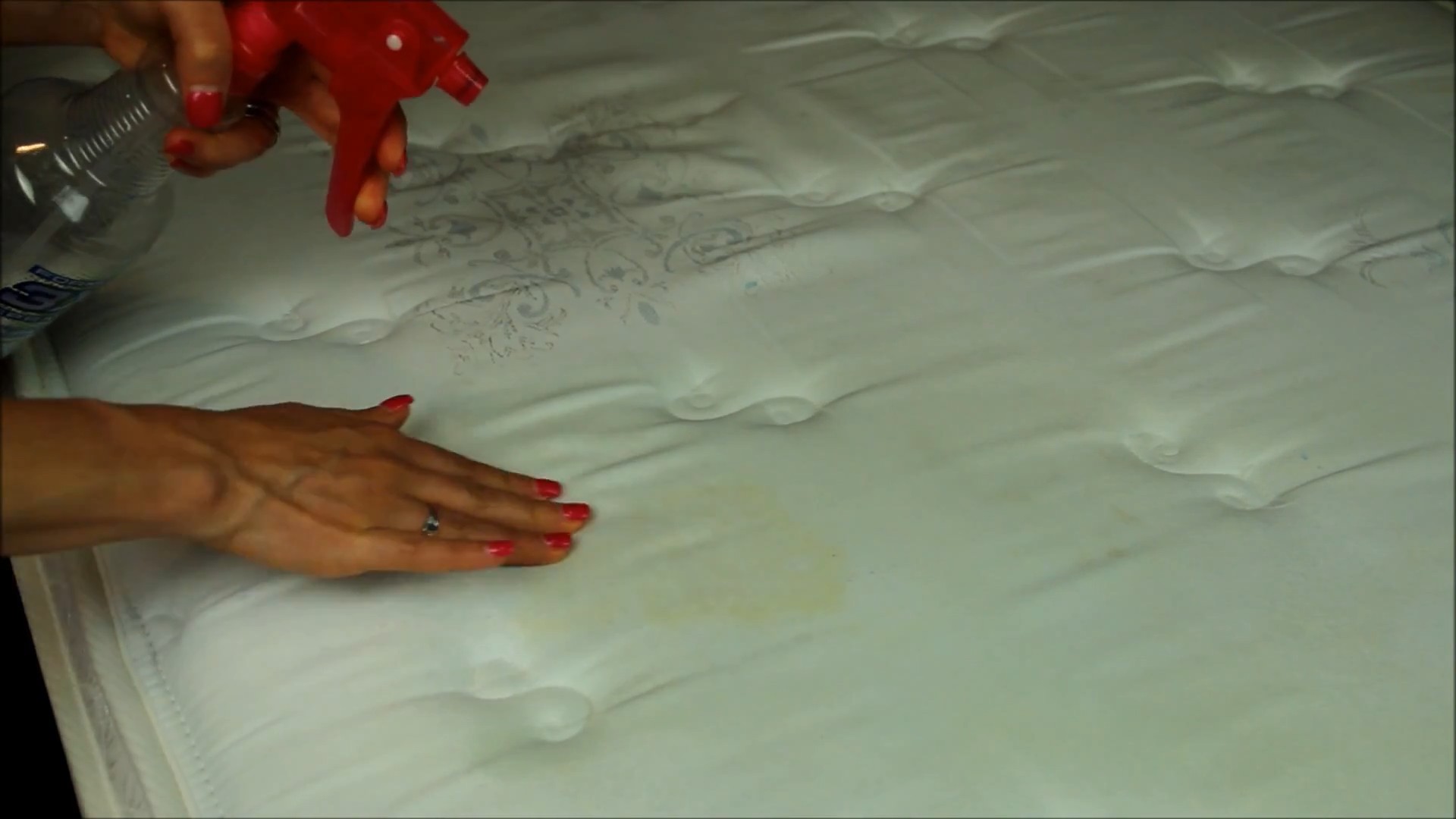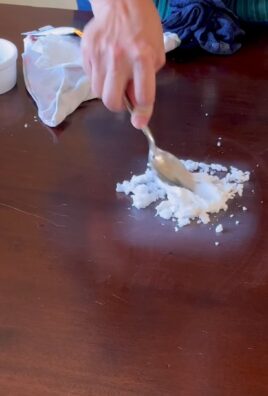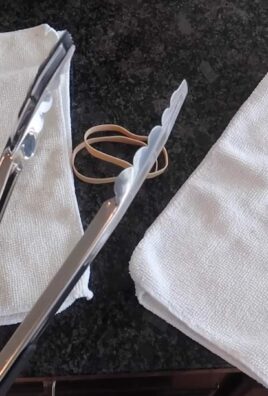Pee Stain Removal Upholstery: Let’s face it, accidents happen! Whether it’s a beloved pet, a little one still learning, or even just a clumsy moment, finding a pee stain on your favorite upholstered furniture can be incredibly frustrating. But don’t despair and definitely don’t throw that sofa out just yet! This DIY guide is your secret weapon to banishing those unsightly stains and unpleasant odors, restoring your furniture to its former glory.
Throughout history, people have sought ways to clean and preserve their textiles. From ancient civilizations using natural remedies to modern advancements in cleaning solutions, the desire to maintain a fresh and inviting home has always been a priority. While we might not be using the same methods as our ancestors, the goal remains the same: to keep our living spaces clean and comfortable.
Why is pee stain removal upholstery so crucial? Well, beyond the obvious aesthetic reasons, lingering pee stains can attract more accidents, harbor bacteria, and leave a persistent odor that permeates your entire home. Nobody wants that! I’m here to share some simple, effective, and budget-friendly DIY tricks that will empower you to tackle those stains head-on. This guide will provide you with the knowledge and confidence to handle these situations like a pro, saving you money and extending the life of your cherished furniture. So, let’s get started and say goodbye to those pesky pee stains!

DIY Pee Stain Removal for Upholstery: A Comprehensive Guide
Okay, let’s face it, accidents happen! Whether it’s a furry friend having a little mishap or a child still learning the ropes, pee stains on upholstery are a common problem. But don’t despair! You don’t need to call in expensive professional cleaners just yet. I’m going to walk you through a tried-and-true method for removing those pesky stains and odors from your beloved furniture. This guide is designed to be thorough, so you can tackle even the most stubborn pee stains with confidence.
What You’ll Need
Before we dive in, let’s gather our supplies. Having everything on hand will make the process much smoother. Here’s what you’ll need:
* Paper towels or clean cloths: Lots of them! Absorbent materials are key for soaking up the urine.
* Baking soda: This is your odor-fighting superhero.
* White vinegar: A natural cleaner and deodorizer.
* Enzyme cleaner: This is crucial for breaking down the uric acid crystals that cause the lingering odor. Look for a pet-specific enzyme cleaner for best results.
* Spray bottle: For applying the cleaning solutions.
* Bowl or bucket: For mixing solutions.
* Rubber gloves: To protect your hands.
* Soft-bristled brush: An old toothbrush or upholstery brush will work.
* Vacuum cleaner with upholstery attachment: For removing baking soda and any remaining residue.
* Water: Clean, lukewarm water.
Immediate Action: Soaking Up the Fresh Stain
Time is of the essence when dealing with fresh pee stains. The quicker you act, the better your chances of completely removing the stain and odor.
1. Blot, Don’t Rub: Immediately grab paper towels or clean cloths and blot the affected area. Press down firmly to absorb as much urine as possible. Avoid rubbing, as this will only spread the stain and push it deeper into the upholstery fibers.
2. Repeat: Continue blotting with fresh paper towels or cloths until you’re no longer absorbing any liquid. This might take a while, so be patient.
3. Assess the Damage: Once you’ve soaked up as much as you can, take a good look at the stain. How large is it? How deeply has it penetrated the fabric? This will help you determine how aggressively you need to treat it.
Tackling the Stain and Odor: The Cleaning Process
Now that we’ve dealt with the initial mess, it’s time to get down to the nitty-gritty of cleaning and deodorizing.
1. Vinegar Solution: In a bowl or bucket, mix equal parts white vinegar and lukewarm water. The vinegar will help neutralize the ammonia in the urine and break down the stain.
2. Apply the Solution: Pour the vinegar solution into a spray bottle. Lightly spray the affected area, making sure to saturate the stain without soaking the upholstery too much. You want it damp, not dripping.
3. Blot Again: Let the vinegar solution sit for about 5-10 minutes, then blot the area again with clean paper towels or cloths. This will help lift the stain and odor.
4. Baking Soda Power: Generously sprinkle baking soda over the damp area. The baking soda will absorb any remaining moisture and help neutralize the odor.
5. Let it Sit: Allow the baking soda to sit for at least 2-3 hours, or even overnight for stubborn stains. The longer it sits, the more effective it will be at absorbing the odor.
6. Vacuum Thoroughly: Once the baking soda has dried completely, vacuum it up using the upholstery attachment on your vacuum cleaner. Make sure to vacuum thoroughly to remove all traces of the baking soda.
7. Enzyme Cleaner Application: This is where the magic happens! Follow the instructions on your enzyme cleaner bottle. Generally, you’ll spray the affected area with the enzyme cleaner, making sure to saturate the stain.
8. Enzyme Cleaner Dwell Time: Allow the enzyme cleaner to sit for the recommended dwell time, usually several hours or overnight. This allows the enzymes to break down the uric acid crystals that cause the lingering odor. Do not blot or wipe the enzyme cleaner away. Let it air dry completely.
9. Repeat if Necessary: If the stain or odor persists after the first treatment, repeat the process. Sometimes, stubborn stains require multiple applications.
Dealing with Old or Stubborn Stains
Old pee stains can be more challenging to remove, but don’t give up hope! Here are a few tips for tackling those stubborn stains:
1. Pre-Treat with a Paste: Create a paste of baking soda and water. Apply the paste to the stain and let it dry completely. Then, vacuum it up. This can help loosen the stain and make it easier to remove.
2. Hydrogen Peroxide (Use with Caution!): For light-colored upholstery, you can try using hydrogen peroxide. Test it in an inconspicuous area first to make sure it doesn’t discolor the fabric. If it’s safe to use, mix one part hydrogen peroxide with two parts water and apply it to the stain. Let it sit for a few minutes, then blot it up. Follow with the baking soda and enzyme cleaner steps. Remember to always test hydrogen peroxide on a hidden area first!
3. Professional Cleaning: If you’ve tried everything and the stain or odor still persists, it might be time to call in a professional upholstery cleaner. They have specialized equipment and cleaning solutions that can tackle even the most stubborn stains.
Preventing Future Accidents
Prevention is always better than cure! Here are a few tips for preventing future pee stains on your upholstery:
* Potty Training: If you have a pet or child who is still learning to control their bladder, make sure they have frequent opportunities to go outside or use the toilet.
* Pet Training Pads: Use pet training pads in areas where your pet is likely to have accidents.
* Waterproof Covers: Consider using waterproof covers on your furniture, especially if you have young children or pets.
* Regular Cleaning: Regularly vacuum your upholstery to remove dirt and debris that can trap odors.
Important Considerations
* Fabric Type: Always check the manufacturer’s instructions for your upholstery before using any cleaning products. Some fabrics are more delicate than others and may require special cleaning methods.
* Colorfastness: Test any cleaning solution in an inconspicuous area first to make sure it doesn’t discolor the fabric.
* Ventilation: Make sure the room is well-ventilated while you’re cleaning to avoid inhaling fumes from the cleaning products.
* Safety: Wear rubber gloves to protect your hands from the cleaning solutions.
Final Thoughts
Removing pee stains from upholstery can be a bit of a process, but with patience and the right techniques, you can restore your furniture to its former glory. Remember to act quickly, use the right cleaning products, and don’t be afraid to repeat the process if necessary. Good luck, and happy cleaning! I hope this guide helps you get rid of those pesky pee stains for good!

Conclusion
So, there you have it! This DIY pee stain removal upholstery trick is more than just a quick fix; it’s a game-changer for pet owners, parents, or anyone who’s ever faced the unpleasant reality of urine stains on their beloved furniture. We’ve walked you through a simple, effective method using ingredients you likely already have in your home. Forget expensive professional cleaning services or harsh chemical solutions that can damage your upholstery and pose health risks. This method is gentle, affordable, and, most importantly, it works!
Why is this a must-try? Because it empowers you to tackle those embarrassing and often lingering pee stains head-on, restoring your furniture to its former glory and eliminating those lingering odors that can permeate your entire home. Imagine the peace of mind knowing you have a reliable solution at your fingertips, ready to combat any future accidents. No more panicking when your furry friend has an accident or your little one has a mishap. You’re equipped!
But the beauty of this DIY pee stain removal upholstery method lies not only in its effectiveness but also in its adaptability. Feel free to experiment with variations to suit your specific needs and preferences. For instance, if you’re dealing with a particularly stubborn stain, consider adding a few drops of essential oil, such as lavender or eucalyptus, to the baking soda paste for an extra boost of odor neutralization and a pleasant fragrance. Always test in an inconspicuous area first to ensure the essential oil doesn’t discolor your fabric.
Another variation involves using a steam cleaner after applying the baking soda paste and vacuuming. The steam can help to further lift the stain and sanitize the area, leaving your upholstery feeling fresh and clean. Just be sure to check your upholstery’s care label to ensure it’s safe to use a steam cleaner.
For delicate fabrics, you might want to dilute the vinegar solution slightly or use a gentler alternative like club soda. Always err on the side of caution when dealing with sensitive materials. Remember, patience is key. Some stains may require multiple applications to fully disappear.
We are confident that this DIY pee stain removal upholstery trick will become your go-to solution for tackling those unwanted accidents. It’s a cost-effective, eco-friendly, and highly effective way to keep your furniture looking and smelling its best.
Now, it’s your turn! We encourage you to give this DIY method a try and experience the satisfaction of banishing those stubborn pee stains from your upholstery. Don’t just take our word for it – see the results for yourself! And most importantly, we want to hear about your experience. Share your before-and-after photos, your tips and tricks, and any variations you’ve discovered in the comments section below. Let’s create a community of stain-fighting experts and help each other keep our homes clean and fresh! Your feedback will not only help other readers but also allow us to refine and improve this guide for future users. So, go ahead, reclaim your furniture and share your success story!
Frequently Asked Questions (FAQs)
What types of upholstery is this DIY method safe for?
This method is generally safe for most common upholstery fabrics, including cotton, linen, microfiber, and synthetic blends. However, it’s crucial to **always test the solution in an inconspicuous area first** to ensure it doesn’t cause discoloration or damage. For delicate fabrics like silk, velvet, or leather, it’s best to consult a professional upholstery cleaner. These materials require specialized cleaning techniques to avoid irreversible damage. When in doubt, err on the side of caution and seek professional help.
How long should I leave the baking soda paste on the stain?
The baking soda paste should be left on the stain for at least 2-3 hours, or even overnight for particularly stubborn stains. The longer the baking soda sits, the more effectively it can absorb the urine and neutralize the odor. Cover the area with plastic wrap to keep the paste moist and prevent it from drying out too quickly. This will maximize its effectiveness. After the allotted time, thoroughly vacuum the area to remove all traces of the baking soda.
What if the pee stain is old and has already set in?
Old, set-in pee stains can be more challenging to remove, but don’t give up hope! You may need to repeat the process several times. Before applying the baking soda paste, try pre-treating the stain with an enzyme cleaner specifically designed for pet urine. These cleaners contain enzymes that break down the organic compounds in urine, making it easier to remove. Follow the instructions on the enzyme cleaner carefully. You can also try using a slightly stronger vinegar solution, but remember to test it in an inconspicuous area first. Patience and persistence are key when dealing with old stains.
Can I use this method on mattresses?
Yes, this method can be used on mattresses, but you’ll need to adjust the application slightly. Instead of creating a thick paste, make a slightly thinner paste that’s easier to spread evenly over the affected area. Allow the paste to dry completely before vacuuming. You may also want to use a fan to speed up the drying process. Be sure to thoroughly vacuum the mattress to remove all traces of baking soda. Consider using a mattress protector after cleaning to prevent future stains.
What if the vinegar smell lingers after cleaning?
The vinegar smell should dissipate within a few hours after cleaning. To help speed up the process, you can open windows and ventilate the room. You can also sprinkle a small amount of baking soda over the area and let it sit for a few hours before vacuuming. The baking soda will absorb any remaining odors. Alternatively, you can use a fabric refresher spray to mask the vinegar smell. Choose a scent that you find pleasant and that is safe for your upholstery fabric.
Is it necessary to use white vinegar, or can I use other types of vinegar?
White vinegar is the preferred choice for this DIY method because it’s clear and less likely to stain your upholstery. Other types of vinegar, such as apple cider vinegar or balsamic vinegar, may contain pigments that could potentially discolor your fabric. If you only have other types of vinegar on hand, test them in an inconspicuous area first to ensure they don’t cause any staining. If you’re concerned about staining, stick with white vinegar.
How often should I clean my upholstery to prevent pee stains?
Regular cleaning of your upholstery is essential for preventing pee stains and maintaining the overall cleanliness of your furniture. If you have pets or young children, it’s recommended to clean your upholstery at least once a month. This will help to remove any lingering odors and prevent stains from setting in. You can also use a fabric protector spray to create a barrier that repels liquids and makes it easier to clean up spills. Regular vacuuming is also important for removing dirt and debris that can contribute to staining.
What are some alternative solutions if this DIY method doesn’t work?
If this DIY method doesn’t completely remove the pee stain, there are other options you can try. As mentioned earlier, enzyme cleaners are highly effective at breaking down urine stains and odors. You can also try using a commercial upholstery cleaner specifically designed for pet stains. Follow the instructions on the product carefully. If all else fails, it’s best to consult a professional upholstery cleaner. They have the expertise and equipment to remove even the most stubborn stains without damaging your furniture.
Can I use a carpet cleaner instead of a vacuum to remove the baking soda?
While a carpet cleaner might seem like a convenient option, it’s generally not recommended for removing baking soda from upholstery. Carpet cleaners are designed to work on carpets, which have a different construction than upholstery. Using a carpet cleaner on upholstery could potentially damage the fabric or leave behind excessive moisture, which can lead to mold growth. A vacuum cleaner with an upholstery attachment is the best tool for removing baking soda from upholstery.
How can I prevent future pee stains on my upholstery?
Prevention is always better than cure! To prevent future pee stains on your upholstery, consider using waterproof or stain-resistant covers. These covers will protect your furniture from accidents and make it easier to clean up spills. You can also train your pets to use designated potty areas and provide them with plenty of opportunities to relieve themselves outside. For young children, make sure they have easy access to the bathroom and encourage them to use it regularly. Regular cleaning and maintenance of your upholstery will also help to prevent stains from setting in.





Leave a Comment